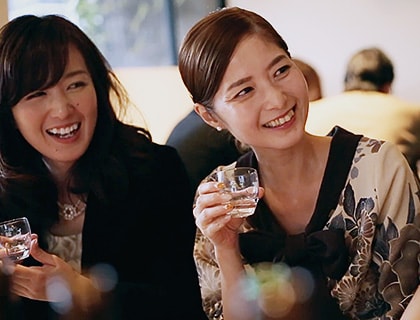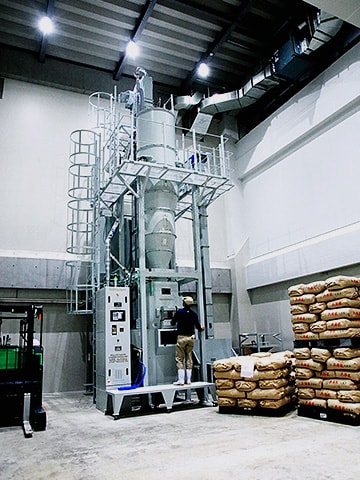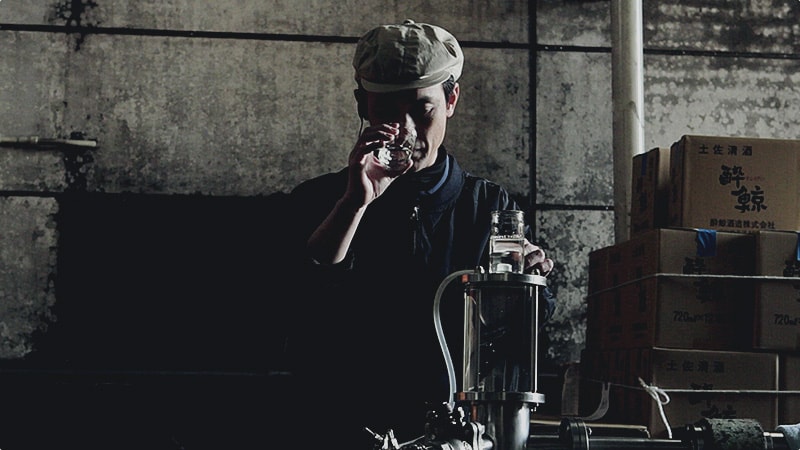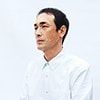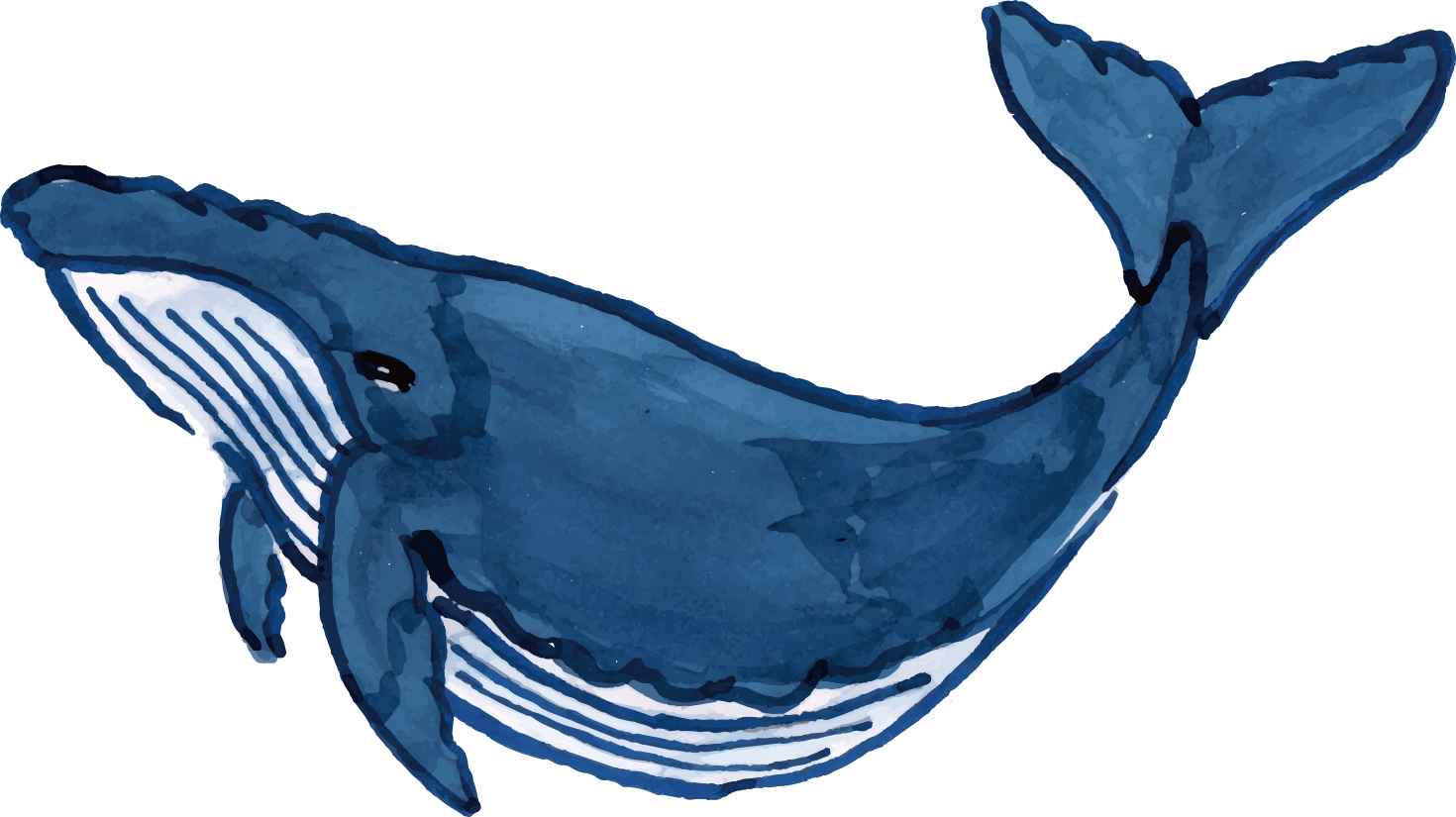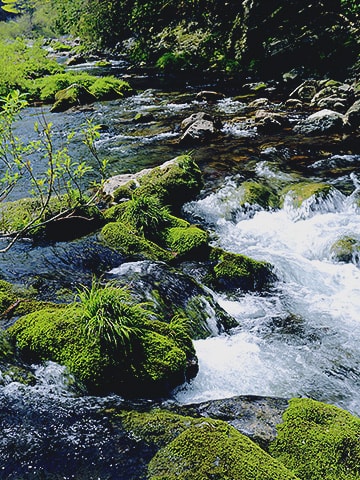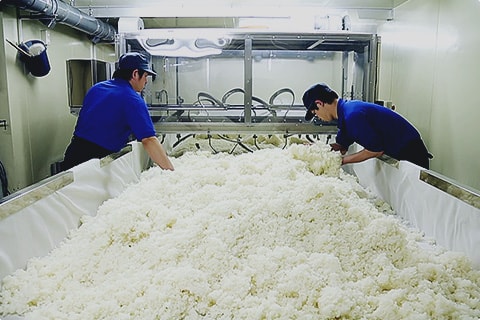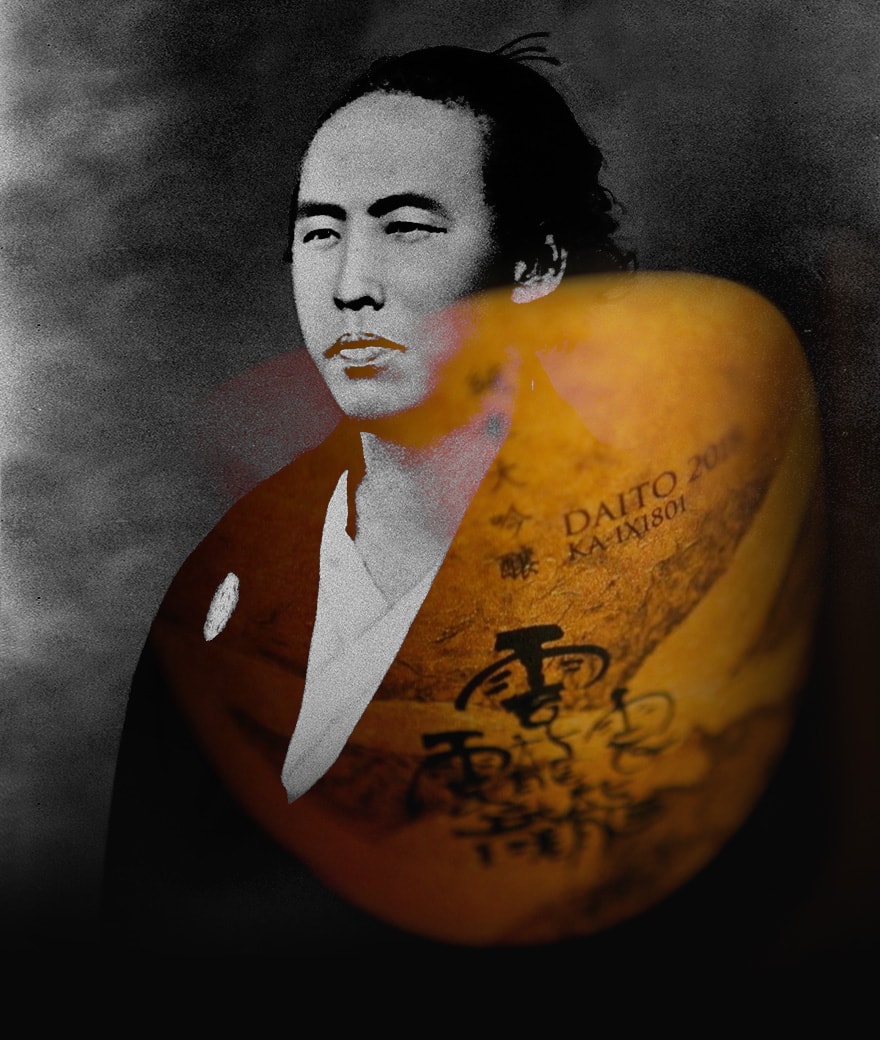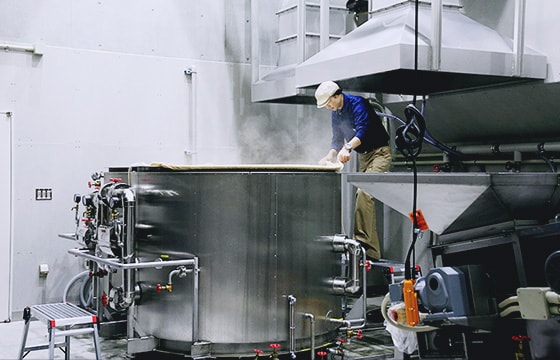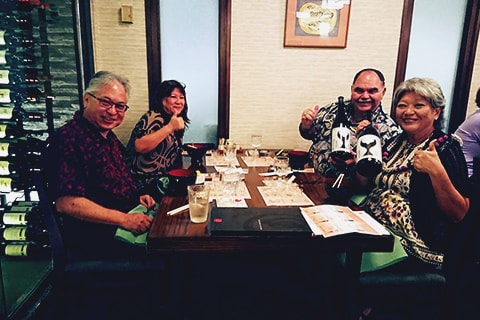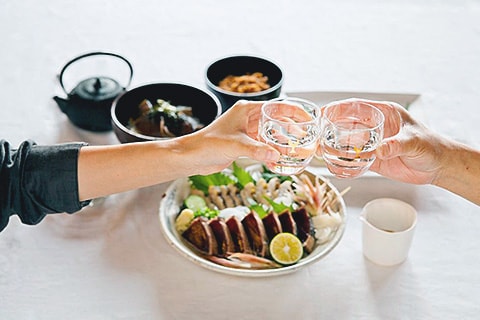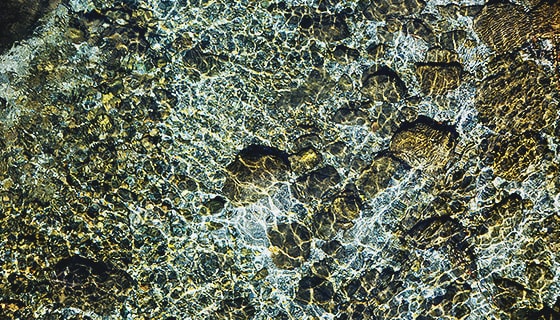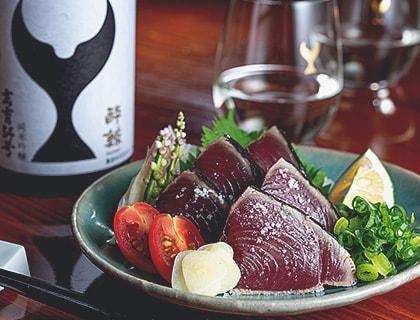The Ultimate Table Sake

Suigei
Brewing Sake as the Supporting Role
for the Main Character, Food
Framed by the Pacific Ocean and the Shikoku Mountains, Kochi Prefecture is a treasure trove of local culinary ingredients. As can be seen in “Sawachi Ryori”, a banquet-style serving of local dishes from the sea, the mountains, and rivers—mingling over delicious food and sake has always been an integral part of the people of Tosa (Kochi’s traditional name). “Suigei” was born from such a sake and banquet-loving culture set in mild climate. The chief charm of Suigei is its clean aftertaste that complements any dish and will have you wanting to drink it until the end of the feast. “Suigei” has been crowned “the best table sake”.
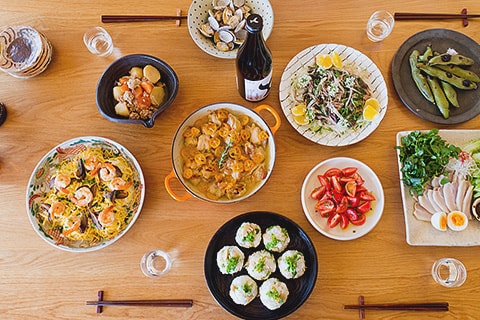
- TAGS
-


